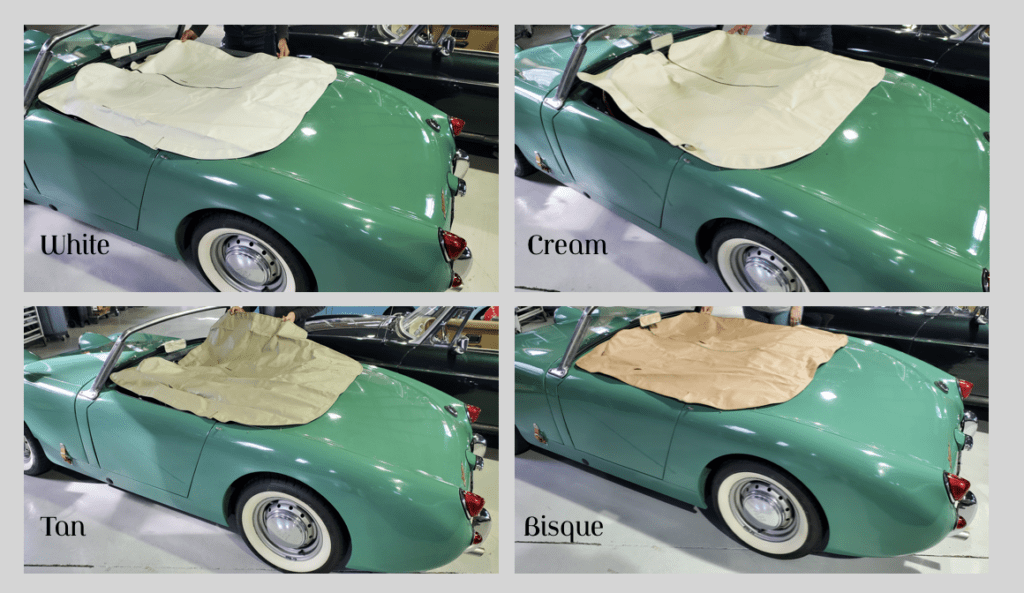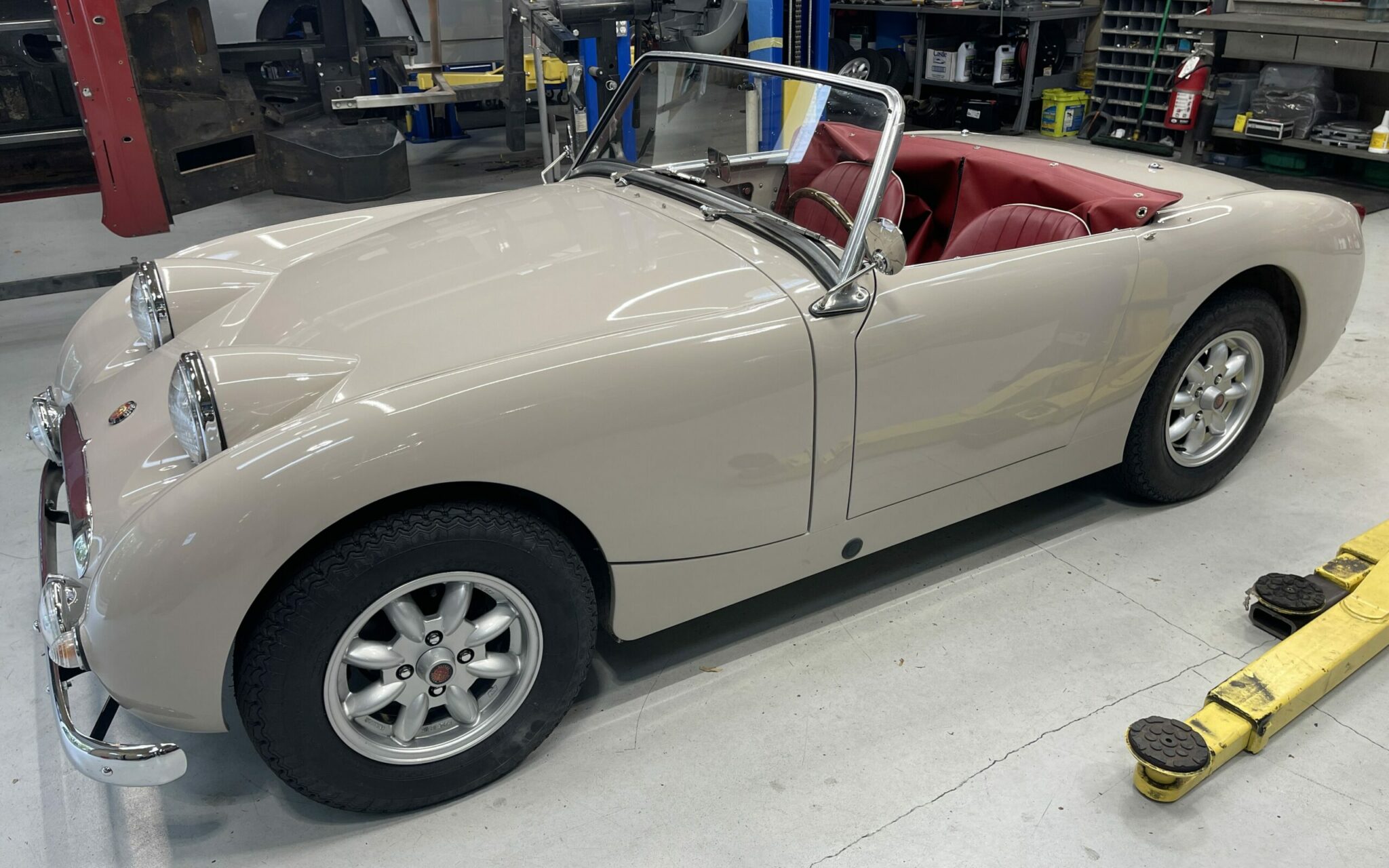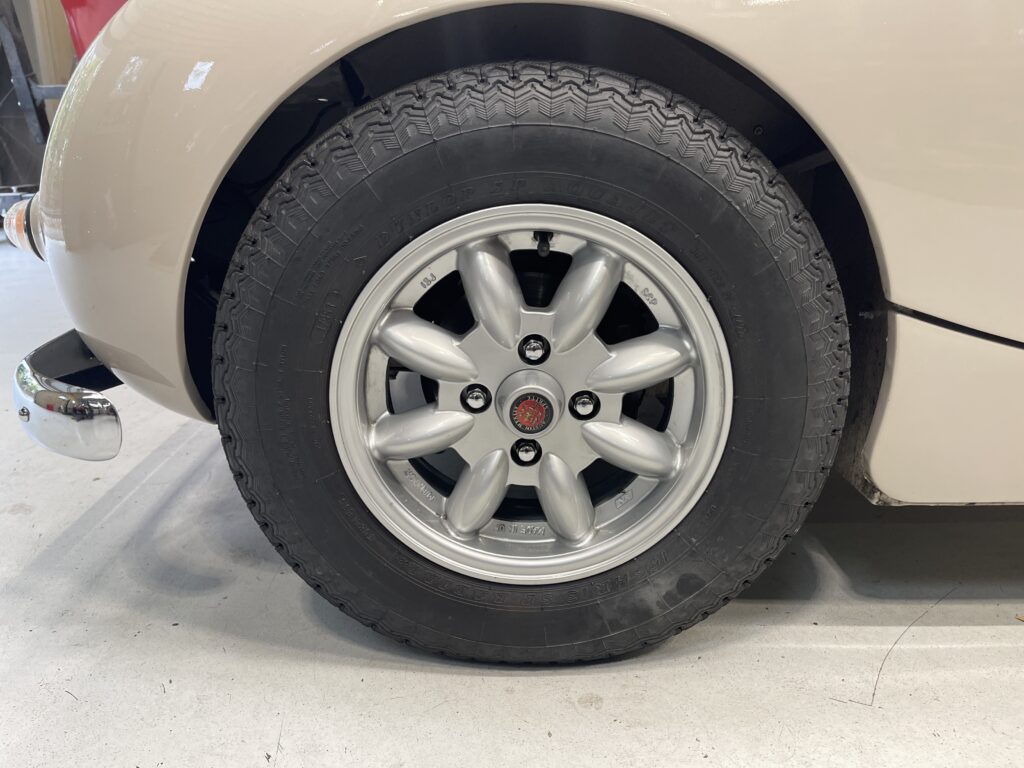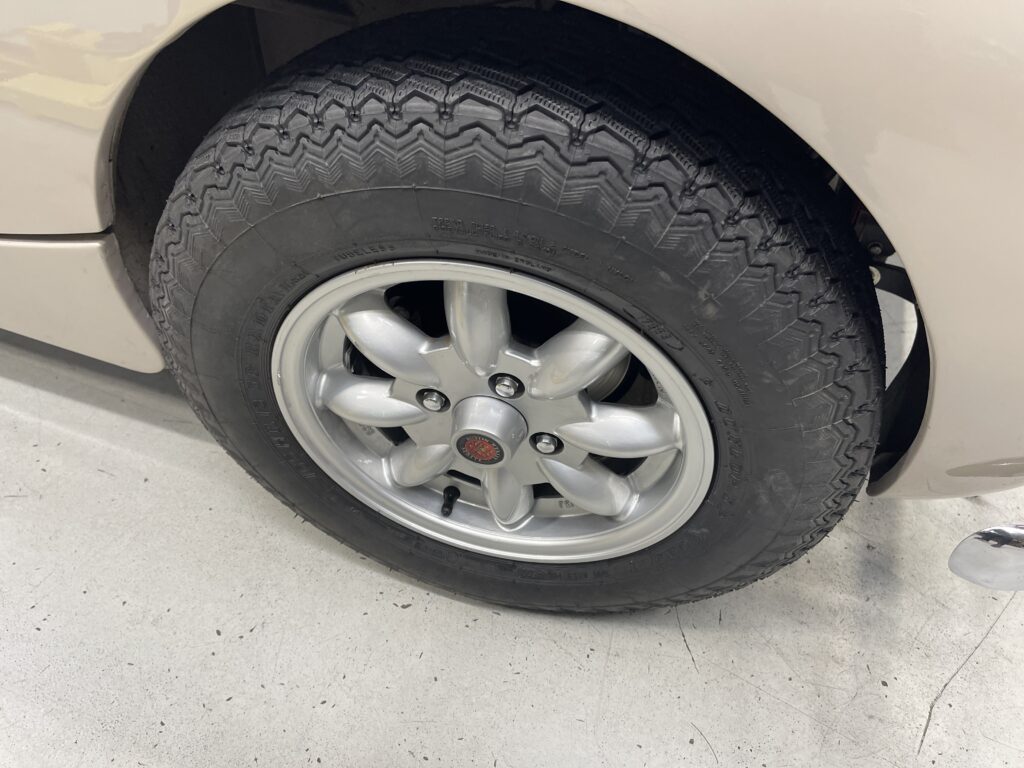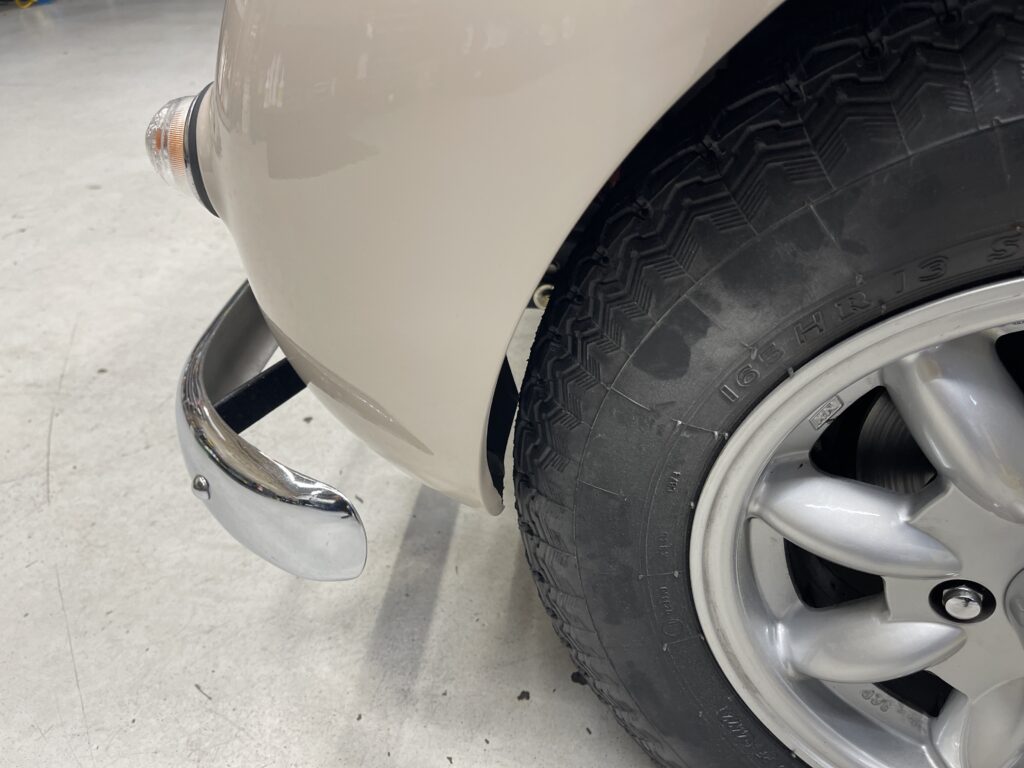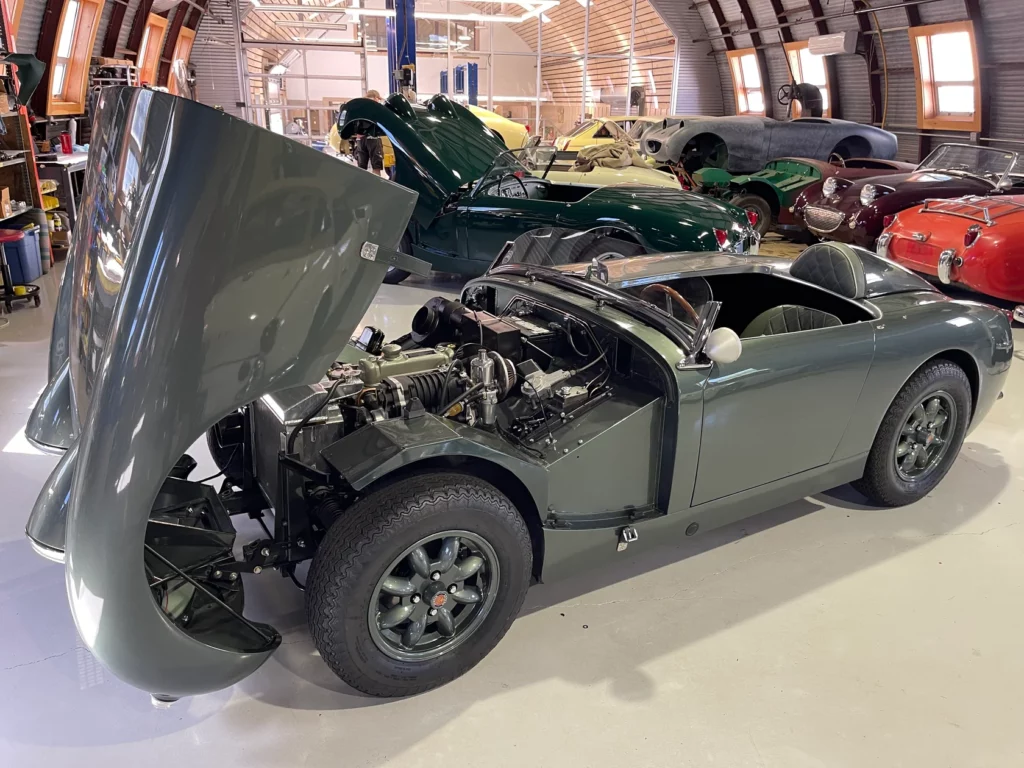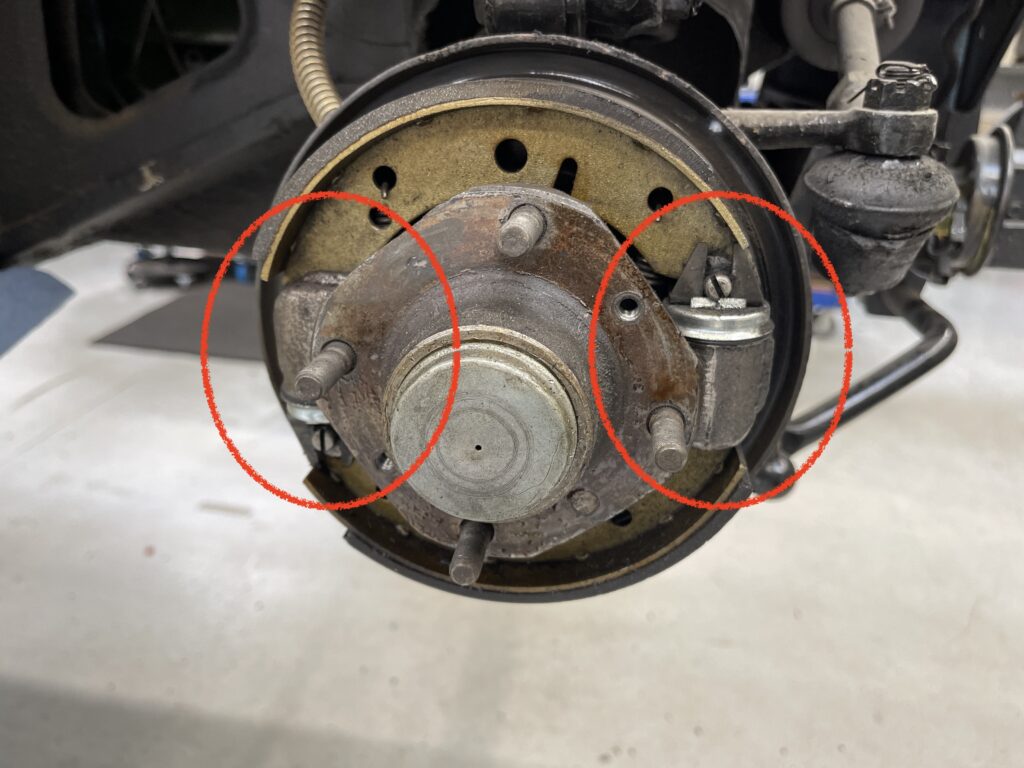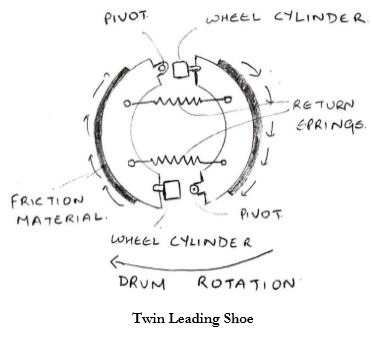Ignition points can break. They also wear… and as the gap changes, so does the run quality of your precious classic. As a result of these vulnerabilities, we are keen on electronic ignition. We use Pertronix modules to eliminate ignition points altogether, which we have found to be a great drivability and reliability upgrade. In fact, we never even bother with worn bushing distributor bodies on the now 60-something year old distributors and we simply install an entire new distributor, with the electronic module pre-loaded at the factory. You can find that product in our catalog by clicking here. After 404 Bugeye sold as of this writing, that’s been the most effective way for us to guarantee a consistent, recurring, and reliable ignition for these classics.
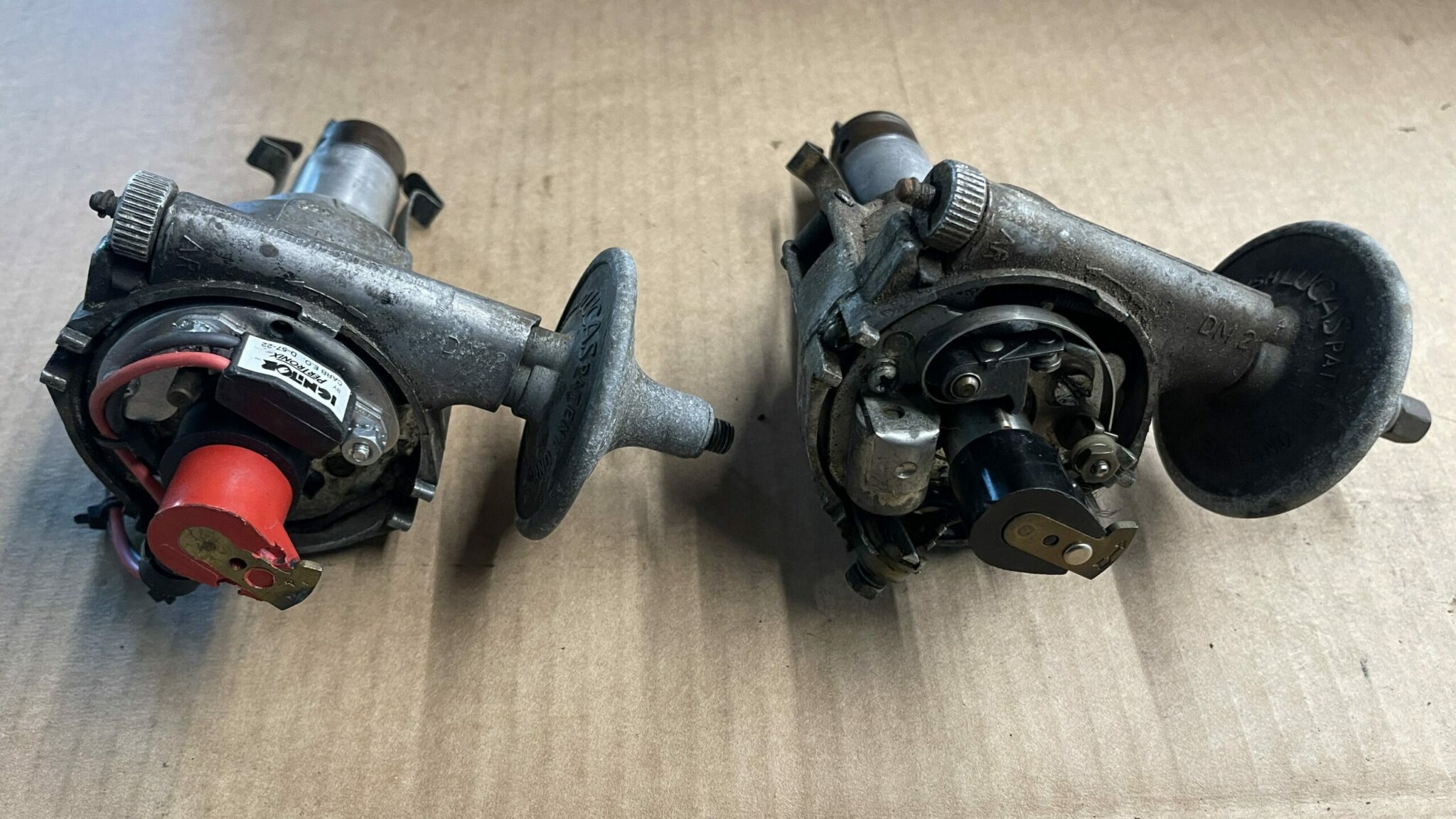
That said, we recently had a call from a client who had no spark and he was wondering if maybe the electronic module was bad in his electronic ignition. Of course, we have limited information about his issue, and there could be any number of problems leading to his car not starting in this particular case, but nonetheless, let’s start with a video that will demonstrate how to properly test your electronic module to determine if that’s the route of your non-running problem.
This information applies to every car, not just Spridgets!











